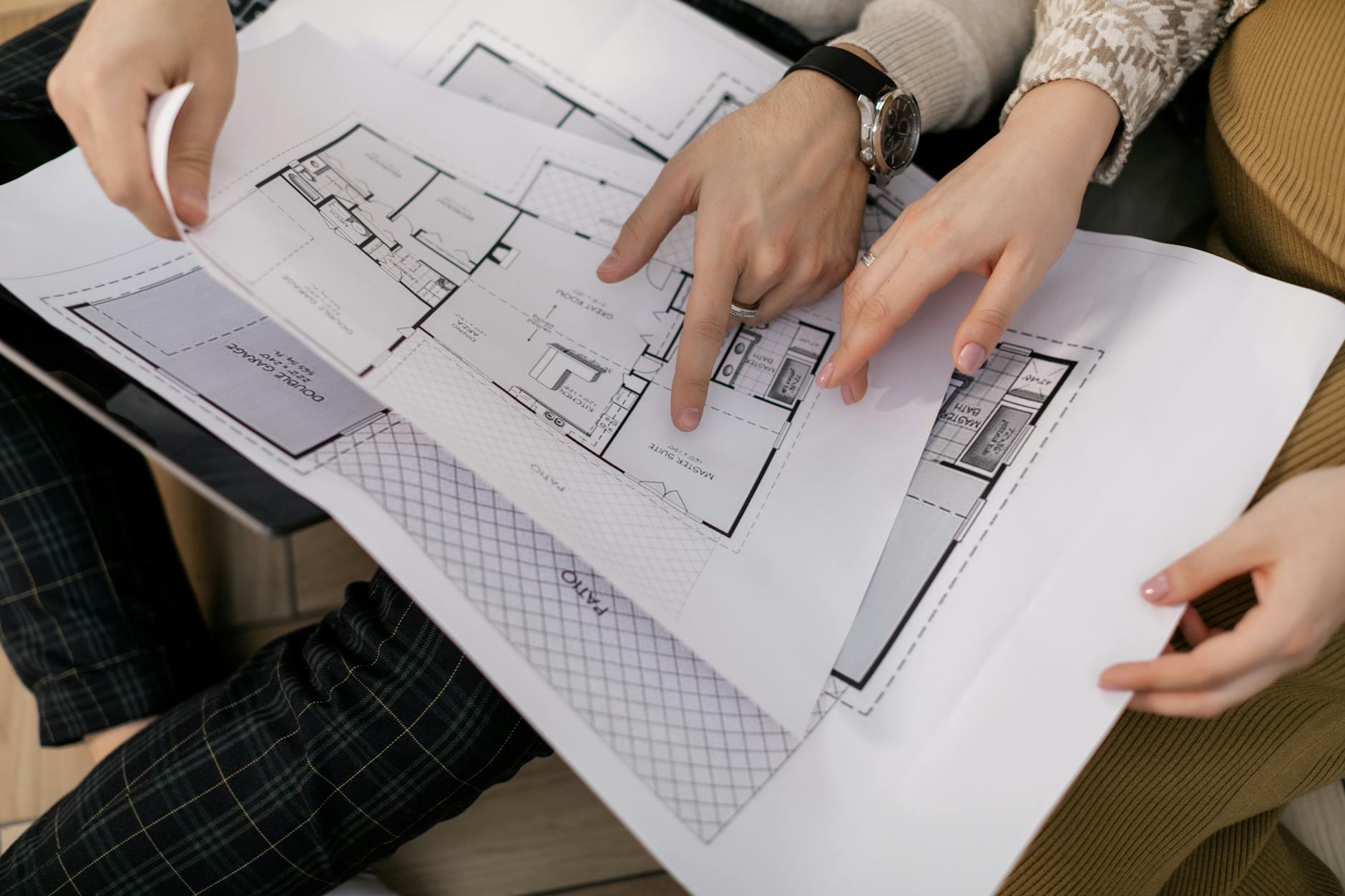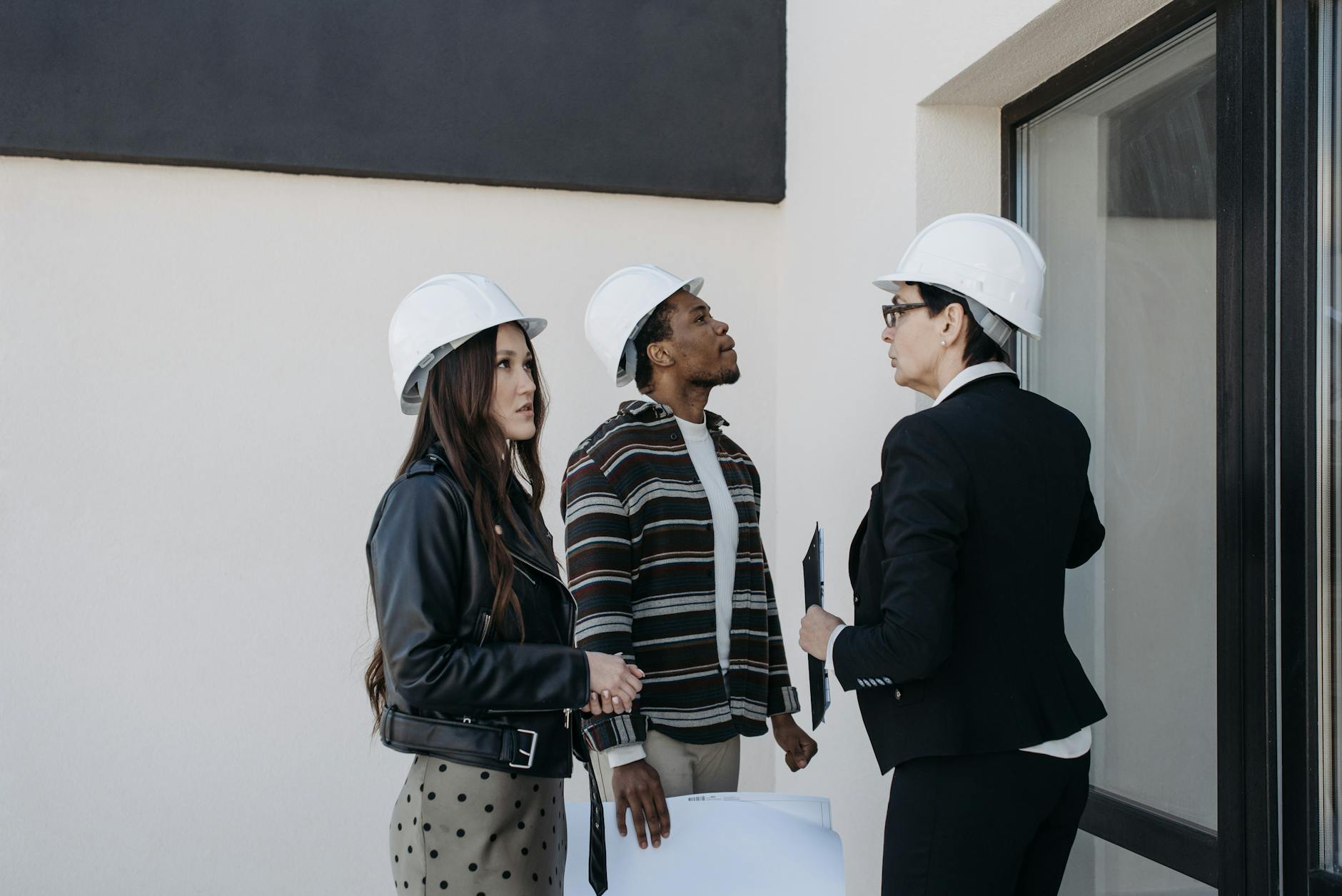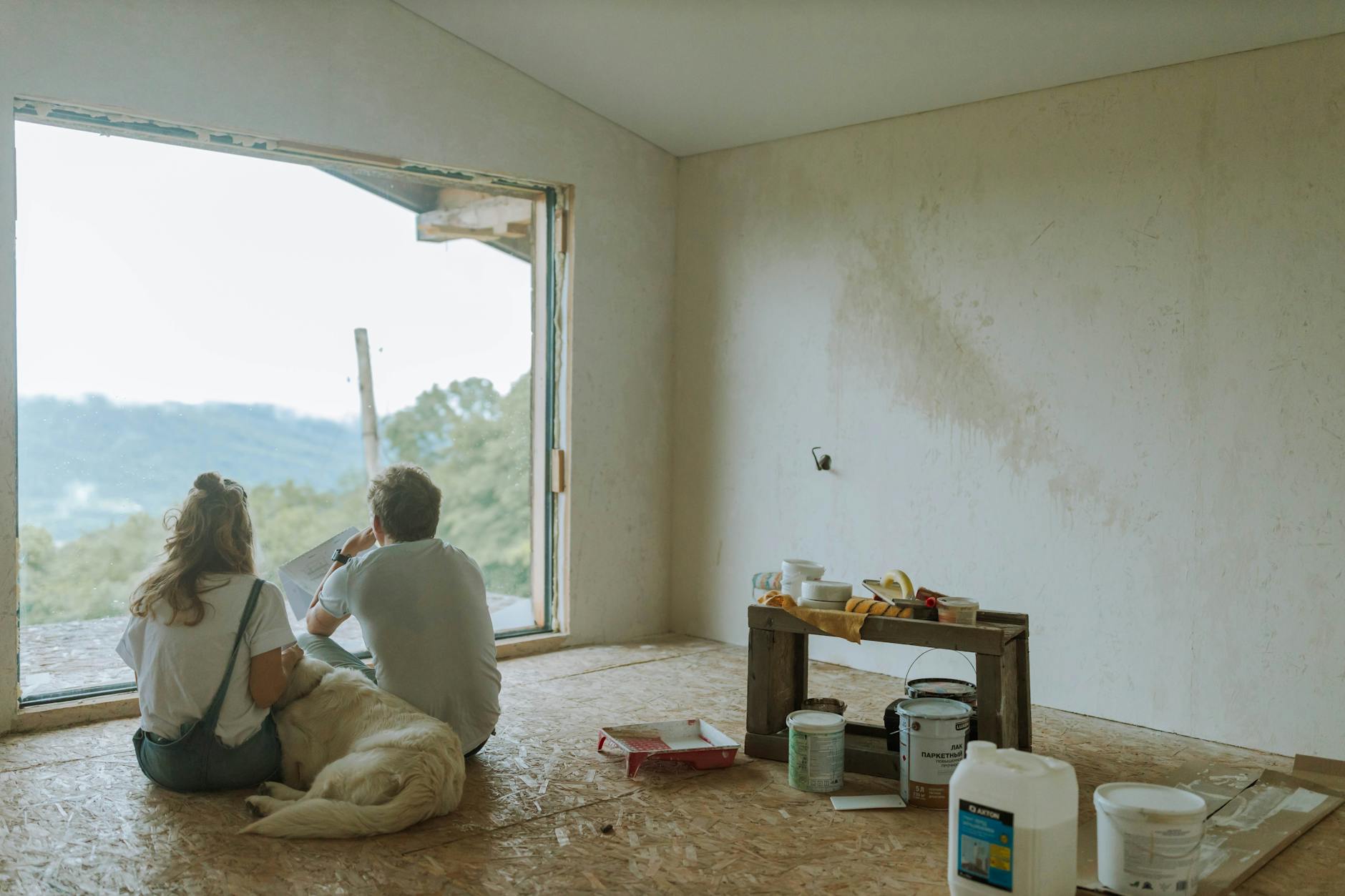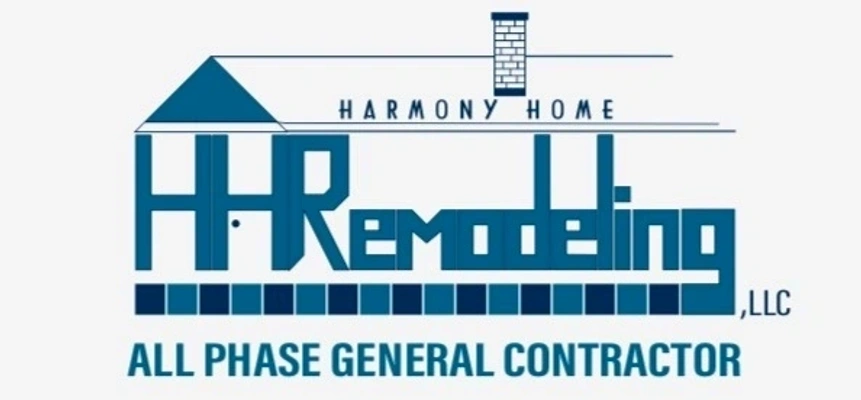2025 Remodeling Guide | Stress-Free Home Additions
Isn’t just about more space—it’s about comfort, function, and getting the most out of a place you already love. With rising home prices and steady mortgage rates, more people are choosing to stay put and build out instead of buying new. Additions are also more practical and affordable, especially with new options like prefab units and budget-friendly garage conversions. This 2025 remodeling guide will help you explore your best options.
A little upfront planning can turn what feels like a big project into a smooth, stress-free upgrade. This 2025 remodeling guide walks you through how to set a clear budget, work with the right professionals, and make smart choices that fit your needs for years to come. Whether you want a new bedroom, home office, or flexible family space, the right plan sets the tone for every step ahead.
Clarifying Your Home Addition Goals and Requirements: A 2025 Remodeling Guide
Before you hire a contractor or browse through color swatches, get crystal clear on what you really want from your home addition. Setting solid goals helps you make decisions fast, stick to your budget, and avoid backtracking mid-project. Whether you need an extra bedroom, a more open kitchen, or flexible family space, knowing your priorities keeps everything on track.
Identifying Spaces to Improve or Expand

Photo by Alena Darmel
Start by walking through your home like a visitor. Which areas feel cramped, outdated, or underused? Jot down every spot that frustrates you—smaller kitchens, not enough bathrooms, or lack of storage often top the list.
Common spaces people choose to upgrade or expand:
- Bedrooms for growing families or guests
- Bathrooms to ease morning traffic
- Home offices for remote work
- Family rooms for shared downtime
- Kitchens with more prep and dining space
Make a simple list of “must-fix” pain points and “nice-to-have” upgrades. This clarity helps you organize your budget around changes that matter most.
Visualizing Future Needs and Flexibility
Think beyond your current needs. Kids grow, parents move in, and work-from-home trends may mean your household changes shape. Flexible design ensures your addition still works years from now.
Ways to future-proof your space:
- Design a guest room that doubles as a home office
- Add closets or storage in new rooms for versatility
- Choose open layouts or movable partitions for easy changes
- Rough-in plumbing or wiring now for later upgrades, like an extra bathroom or smart tech
Picture how your life might look five or ten years ahead. A little imagination pays off big when your new space continues to fit your lifestyle with minimum fuss.
Balancing Functionality With Aesthetic Goals
Function matters, but it should never clash with the look and feel you love. A home addition needs to blend with your current style—inside and out—so the upgrade feels natural and adds value.
Tips to keep both form and function in harmony:
- Match new windows, siding, and trims to your existing house
- Stick to a color palette that flows from old to new spaces
- Use similar flooring or finishes to create continuity
- Ensure practical needs—like lighting and storage—don’t crowd the design
Request samples or design mock-ups to see how every choice fits. Aligning your vision helps avoid regret and makes your addition feel like it was always part of your home.
Budgeting and Financing Your Home Addition Wisely
A smart plan means less stress and far fewer money surprises as your home addition moves ahead. The right budget lets you focus on what matters—built-in value, flexible design, and enjoying your upgraded home when it’s finished. Let’s lay out the basics to build a practical budget and find financing solutions that fit your life and goals for 2025.
Breaking Down Major Cost Factors
 Photo by Mikhail Nilov
Photo by Mikhail Nilov
Knowing where your money goes means fewer surprises and easier choices along the way. Here’s what drives costs for a home addition in 2025:
- Project size and type: Bigger additions cost more, but the cost per square foot often drops as projects grow. Bedrooms or basic living spaces are more budget-friendly (around $225–$275 per square foot). Kitchens and bathrooms are expensive, thanks to plumbing and high-end fixtures, and can cost over $ 350 per square foot.
- Labor: Expect 30–50% of expenses to go toward skilled trades like electricians, plumbers, and carpenters. Rates change by region and project difficulty.
- Permits and inspections: Fees can range from as low as $140 to $3,000 for more complex work.
- Structural changes: Removing load-bearing walls or adding a second floor requires engineering and extra materials, sometimes pushing costs another $100–$200+ per square foot.
- Materials: Premium finishes, custom windows, or energy-efficient upgrades all add up.
- Site prep and foundation work: Basements, second stories, or extensive groundwork can raise costs $30,000–$80,000 or more.
- Location: Labor and permits can cost more in urban or high-demand areas. Climate matters, too: winter projects sometimes mean higher bills for weather protection.
- Unexpected issues: Always expect a few surprises, like hidden water damage or wiring.
The more detailed your plans, the easier it is to avoid budget creep and make smarter trade-offs.
Building a Detailed and Flexible Budget
Planning brings peace of mind and keeps you in control, even if the project hits a snag. Here’s how to build a rock-solid yet adaptable budget:
- Get multiple detailed quotes from contractors for the size and type of addition you want.
- Break costs into categories—think design, permits, materials, labor, and fixtures. Make a simple spreadsheet to track these.
- Set aside a 10%–20% contingency buffer. Surprises happen. This safety net covers extra costs from delays or fixes.
- Prioritize must-haves versus nice-to-haves. Start with your non-negotiables—the spaces, features, or upgrades that made you start this project. For less urgent wishes, tag them as optional in case the numbers get tight.
- Budget for temporary living costs if the job is big enough that you’ll need to stay elsewhere for a few days.
- Review and revise. Each step—from demo to drywall—may reveal small tweaks you want. Build some wiggle room into your plans.
A flexible budget makes it easy to pause or swap out choices without wrecking your overall project.
Exploring Financing and Incentive Options
You don’t have to pay for your home addition all at once. Many homeowners use a mix of savings, loans, or credit to fund projects, especially as costs rise in 2025. Here are current options:
- Home equity lines of credit (HELOCs): Borrow as needed, with variable rates tied to prime lending rates. Great for larger projects with costs spread over time.
- Home equity loans: Get a lump sum with a fixed rate. This works when you know your total costs upfront and want steady payments.
- Cash-out refinance: Replace your current mortgage with a bigger one if today’s rates are attractive, tapping equity for your addition.
- Unsecured personal loans: Get cash fast for smaller improvements, with no home collateral required. Watch for higher interest rates.
- FHA 203(k) loans: These government-backed loans bundle purchase and renovation costs and require low down payments—best for big upgrades or fixer-uppers.
- VA renovation loans: If you’re a veteran, these can cover both purchase and remodel with no down payment for your primary home.
- Credit cards with 0% APR promos: Handy for minor upgrades if you can pay off the balance quickly.
- Local and energy efficiency incentives: Many regions or utility companies offer rebates for insulation, new windows, or efficient HVAC systems. Ask your contractor or search your state’s official website.
Compare all the options side-by-side and check the total long-term costs, not just the upfront rates. A little research now means a smoother process, with less financial stress—and a finished space you truly enjoy.
Creating a Streamlined and Compliant Design Plan
Planning a home addition means piecing together style, function, and heavy paperwork. The secret to making it easier? Start with a clear design plan that lines up with codes, fits your neighborhood, and also works for your family. Focus early on decisions and requirements—so your construction stays smooth, legal, and worry-free.
Consulting Design Professionals for Feasibility

Photo by Alena Darmel
Before you get attached to your Pinterest board, sit down with an architect or designer who’s done local additions before. These pros look at every angle—lot shape, home structure, setbacks, and even sun exposure—to decide what’s possible and practical. Their early advice can save you from costly “oops” moments and wasted time.
Key reasons to bring in a design professional right away:
- They understand local building codes and can keep you in compliance.
- They know where you can (and cannot) expand.
- They’ll flag hidden issues, such as tricky foundations or drainage.
- They offer creative ways to match the addition with your home’s current style.
- They provide drawings or models, which are required for most permits and review boards.
Architects and design-build firms can also spot things like outdated wiring or narrow hallways that need upgrades. Their hands-on knowledge makes getting your dream space much more likely—and lets you plan the budget with fewer surprises.
Navigating Permits, Zoning, and HOA Requirements
Adding on to your home isn’t just a weekend project. Every city and county has rules to protect safety and property values—and most neighborhoods with HOAs have even more. Getting clear on all requirements can feel like a maze, but it’s a stress-saver in the long run.
The main steps for legal compliance:
- Check zoning laws: Find your zoning category. Some areas limit how high, how wide, or how close to the property line you can build. Others set minimum or maximum unit sizes, especially for accessory units (ADUs or in-law suites).
- Apply for permits: Most additions need building permits. You’ll need to submit expert plans and site surveys. Expect review periods that can run from a few weeks to several months, depending on your town.
- Follow HOA rules: If you have an HOA, submit your plans to them before doing anything else. They can require specific roofing, colors, or window types—and sometimes reject changes that don’t match the community’s style.
- New trends for 2025: Many cities are digitizing permit processes and offering pre-approved design templates for common additions and ADUs. This makes approvals faster—sometimes within 60 days for standard designs.
Unless your plans are fully approved, don’t start construction. Building without permits leads to stop-work orders, fines, or trouble when you try to sell your home. Double-check everything, and talk with a pro if you’re confused about any step.
Incorporating Sustainability and Energy Efficiency
It pays—literally and in comfort—to think green from the start. Energy-efficient and sustainable additions aren’t just eco-friendly, they cut your long-term bills and may boost your home value in 2025.
Popular ways to build for efficiency and sustainability:
- Use energy-efficient windows and doors: These keep heat and cool air inside, so you spend less on utilities.
- Pick advanced insulation: Spray foam or high R-value materials keep your new space comfortable year-round.
- Choose LED lighting and smart controls: These small changes add up to big savings.
- Go solar, if possible: Some cities and states offer rebates or tax credits for adding solar panels during remodels.
- Use recycled or sustainable materials: Flooring, counters, siding, and decking can all come from “green” sources.
- Design for cross-ventilation and natural light: Well-placed windows and skylights reduce the need for extra lighting or air conditioning.
Many building codes across the country are pushing for greener practices. Plus, utility companies may offer rebates for upgrades like high-performance heating, energy-efficient appliances, or water-saving fixtures. A sustainable addition isn’t just the right thing—it often makes life quieter, more comfortable, and easier on your budget for years to come.
Selecting the Right Team and Establishing Clear Communication
Adding to your home should be exciting, not a headache. The secret to a smooth project? Build a strong team and set up communication that’s honest and direct. This section covers how to pick skilled contractors, compare quotes and contracts, and keep your project on track with regular check-ins.
Vetting and Selecting Experienced Contractors

Photo by Pavel Danilyuk
Hiring the right contractor can make or break your addition. Start by searching for local pros who have deep experience with home expansions. Don’t just trust their website—dig deeper.
Smart steps to vet your contractor:
- Check licenses and insurance. Only work with contractors licensed to do home additions in your area. Make sure they have liability and workers’ comp insurance to protect you.
- Ask for references. Call past clients. If possible, visit jobs they’ve finished to see quality first-hand.
- Look at recent projects. Many contractors offer a portfolio or photos of home additions similar to yours.
- Read online reviews. Prioritize contractors with strong feedback on platforms like Google, Houzz, or Angi.
- Evaluate experience. Home additions require special skills—ask about past projects that handle tricky jobs like foundation work or moving walls.
Avoid contractors who give vague answers, won’t provide references, or can’t show proof of insurance and licenses. The best ones are happy to share everything and answer your questions.
Comparing Quotes and Understanding Contracts
Once you’ve narrowed your options, it’s time to compare what you’ll get for your money. Get at least three itemized quotes. Detailed proposals give you more power to spot differences.
What to focus on when comparing quotes:
- Materials: Are the brands and types of materials named? Look for specifics, not just “hardwood floor” or “windows.”
- Work scope: Make sure each quote details exactly what’s included—demo, framing, electrical, permits, cleanup, and more.
- Labor breakdown: Know who does the work and whether subcontractors are included in the price.
- Warranties: Good contractors back up their work—ask about coverage on labor and materials.
- Timeline: The quote should estimate when work starts and ends.
Red flags include:
- Unusually low prices (“cheap” can mean corners cut)
- No permits or inspections listed
- Missing license or insurance details
- Unclear or missing warranty coverage
With the top quote in hand, get everything you agree on in writing. The contract should spell out:
- Payment schedule
- Change order process and costs
- Liens and insurance waivers
- How delays or surprises get handled
Read every word before signing. If you don’t understand something, ask for plain English. A trusted contractor has nothing to hide.
Setting Up Communication Protocols and Progress Checks
Strong communication means fewer surprises. It’s the key to less stress as your addition takes shape.
Set clear expectations for how and when you’ll be updated. Here’s what most successful homeowners do:
- Pick a primary contact. Decide whether you’ll speak with the contractor, site supervisor, or project manager.
- Agree on update frequency. Weekly meetings or emails with progress photos work well. Use apps or text for urgent questions.
- Document everything. Digital records (like email chains) help avoid mix-ups and miscommunications.
- Track changes and issues. If you need to change the plan, document what’s changing and what that means for cost or timing.
Most contractors now use digital project tools for scheduling updates and sharing progress. Don’t be shy about asking how they handle updates and problems. You should always know what’s happening with your project, even if you’re not living at home during the build.
Laying this groundwork makes your team stronger and keeps your addition moving forward with less hassle and confusion.
Managing Construction Challenges and Minimizing Disruption
Renovating your home while you’re living in it brings predictable frustrations—dust, noise, and delays come with the territory. But you don’t have to “just deal with it.” A clear plan, good prep, and fast action when issues pop up can keep your sanity (and your project) on track. Take it from homeowners who’ve done it before: a little structure and the right mindset can turn even the messiest build into a smooth ride.
Preparing Your Home and Family for Construction

Photo by Anastasia Shuraeva
Renovation turns your house upside down. Even simple projects create more dust, mess, and mayhem than you expect. Help your family adjust by planning how to live through it.
- Set up “no-go” zones: Block off construction areas with plastic, tape, or temporary walls. This keeps dust contained and protects pets or kids from dangers.
- Protect belongings: Move furniture and valuables out of messy areas. Cover what can’t be moved with plastic sheeting or old bedsheets.
- Create a mini retreat: Designate a calm, clean room where you can relax or escape the chaos. Even a tidy corner in a bedroom can help.
- Adjust routines: Update your family on daily changes—like water shut-offs or kitchen closures. Use a family calendar or group text.
- Get everyone involved: Have a “project kick-off” meeting. Walk the space with your contractor and family so everyone knows the plan and schedule.
Take a few photos before demolition so you remember how things go back together—and remind yourself why you started!
Dealing with Budget Overruns and Delays
No matter how well you plan, surprises happen. Building materials might get delayed. Weather can stall work. Costs sometimes jump.
- Buffer your timeline: Add a 2-3 week cushion on your contractor’s projected completion date. Don’t schedule big events or moves right after the supposed finish line.
- Prepare for material delays: Order key items, like cabinets or flooring, far earlier than you think. Ask your contractor what has the longest lead time.
- Stay flexible with choices: If a certain tile or fixture is unavailable, have a backup pick ready. This keeps your project moving.
- Track daily spending: Keep a running tally of what’s been paid, and what’s left in each budget category. Spreadsheets or budget apps help you catch overruns fast.
- Keep a contingency fund: The standard advice is to set aside 10–20% of your budget for surprises. Don’t dip in for wish-list extras until the essentials are covered.
- Stay in the loop: Regularly check in with your builder—ask for progress updates and immediately discuss any new costs or setbacks.
Simple, frequent check-ins help you spot issues while they’re still small and manageable.
Staying Organized and Keeping Stress Low
Chaos is the enemy of construction sanity. Organization, on the other hand, is your superpower.
- Use a project calendar: Note important dates like inspections, major deliveries, and expected move-in. Digital calendars or shared apps help your whole family stay in sync.
- Keep a renovation binder: Store quotes, permits, receipts, spec sheets, and contracts. Digital folders work too if you prefer working on your phone or laptop.
- Checklists are key: Break down tasks by week or contractor—what’s done, what needs approval, and what’s next. Crossing things off feels great and keeps you moving forward.
- Communicate openly: If you’re worried or confused, say so right away. Most problems are solved faster with a quick text or call.
- Build breaks into your week: Take time away from the mess, even if it’s a walk or grabbing coffee. Stress drops when you step outside your construction “bubble.”
- Ask for help: Lean on friends or neighbors for a meal, a shower, or a quiet place if things really get wild.
Renovation is a marathon, not a sprint. Keep your goals in sight, stay flexible, and remember: every day you’re a little closer to the finish line.
Conclusion
A well-planned home addition can be a smooth experience from start to finish. This 2025 remodeling guide shows how laying out your priorities, building a clear budget, and working with trusted professionals keeps stress low and results strong. Staying organized and communicating often helps prevent surprises and protects your investment.
When you take time to map out each step—goals, design, team, and daily logistics—you keep control even if things get messy. Smart choices today set you up for comfort and value tomorrow.
Thanks for reading. If this 2025 remodeling guide helped, share your own home addition tips or stories in the comments—I’d love to hear how your project goes. A stress-free home addition really is possible, one practical step at a time.

 Photo by Mikhail Nilov
Photo by Mikhail Nilov



